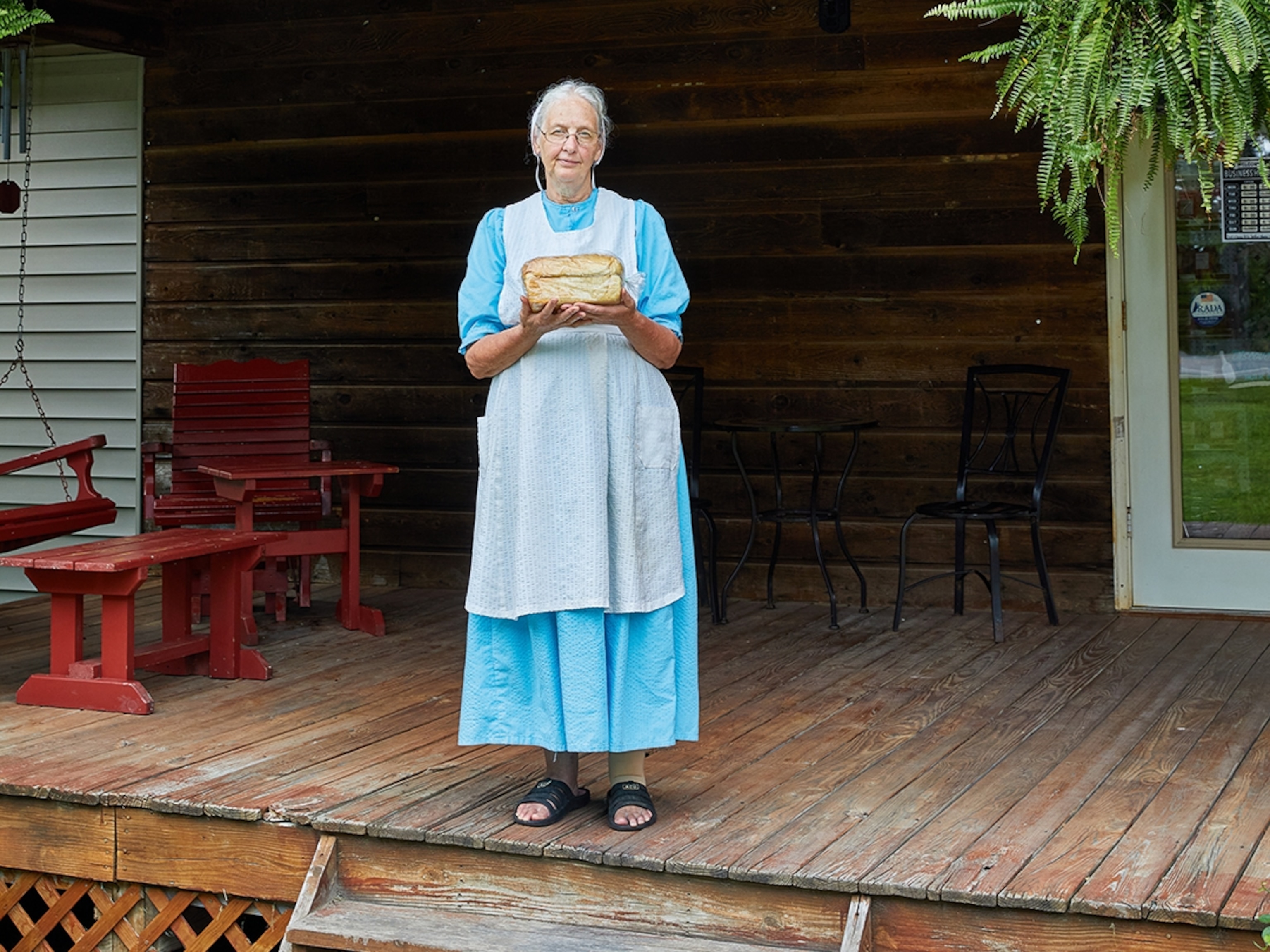
Amaranth: Another Ancient Wonder Food, But Who Will Eat It?
An ancient, nutritious crop might make a comeback in Oaxaca.
Grown by the Aztecs and then all but eliminated in the Spanish conquest, the ancient crop amaranth may become the next quinoa. Advocates hope amaranth can help Mexicans eat healthier, better connect to their roots, and lessen their impact on the environment. But will people eat it?
Amaranth is a broad-leafed, bushy plant that grows about six feet (1.8 meters) tall. It produces a brightly colored flower that can contain up to 60,000 seeds. The seeds are nutritious and can be made into a flour. Not a true grain, amaranth is often called a pseudocereal, like its relative quinoa. Both plants belong to a large family that also includes beets, chard, spinach, and lots of weeds.
There are around 60 different species of amaranth, and a few of them are native to Mesoamerica. For the last decade, the Oaxaca-based advocacy group Puente a la Salud Comunitaria (Bridge to Community Health) has been working to promote the plant's virtues.
Pete Noll, the group's executive director, argues that his work couldn't come at a more important time. In July, the United Nations announced that Mexico had overtaken the United States as the world's most obese country. According to the report, 32.8 percent of Mexican adults are obese, compared with 31.8 percent of American adults.
"Obesity is a devastating problem in Mexico," Noll said. "Amaranth may be part of the solution. It is a whole, healthy food that can be produced locally, and it may create the possibility of change."
Noll pointed to widespread availability of fast food, urbanization, lack of physical activity, and heavy advertising of junk foods as culprits in the obesity epidemic. As evidence of the devastating effects, he noted a recent media report about a 13-year-old Mexican boy who died of a heart attack.
At the same time, many people in Mexico still struggle with hunger. Some 10,000 children die from malnutrition in the country each year, Noll noted. "These issues are linked: Childhood malnutrition makes people seven to eight times more likely to be overweight or obese as adults," he said.
"Oaxaca has a cuisine that is known worldwide, but it also has food deserts," Noll added, referring to areas where it is difficult for consumers to find fresh, healthy foods.
Nutritious Plant
Amaranth is gluten free and its seeds contain about 30 percent more protein than rice, sorghum, and rye, according to a USDA Forest Service report. It is also relatively high in calcium, iron, potassium, magnesium, and fiber, according to Puente.
"Amaranth's amino acid profile is as close to perfect as you can get for a protein source," Noll said. The plant contains eight essential amino acids and is particularly high in the amino acid lysine, which is largely lacking in corn and wheat, he explained.
"So if you make a tortilla with amaranth and corn, you give people a low-cost, culturally acceptable, healthy basic foodstuff," he said.
Florisa Barquera, a doctor and nutritional expert at the Universidad Anáhuac, Mexico City, and a member of the Mexican Academy for Obesity, told National Geographic that amaranth has been recommended by the World Health Organization as a well-balanced food and recommended by NASA for consumption in space missions. The variety of amaranth consumed in Mexico is 16 to 18 percent protein, she said, compared with 14 percent protein in wheat and 9 to 10 percent protein in corn.
Some studies have shown that amaranth also contains beneficial omega-3s and may help reduce blood pressure, said Barquera, who writes and speaks frequently about nutrition in Mexico but is not affiliated with Puente.





